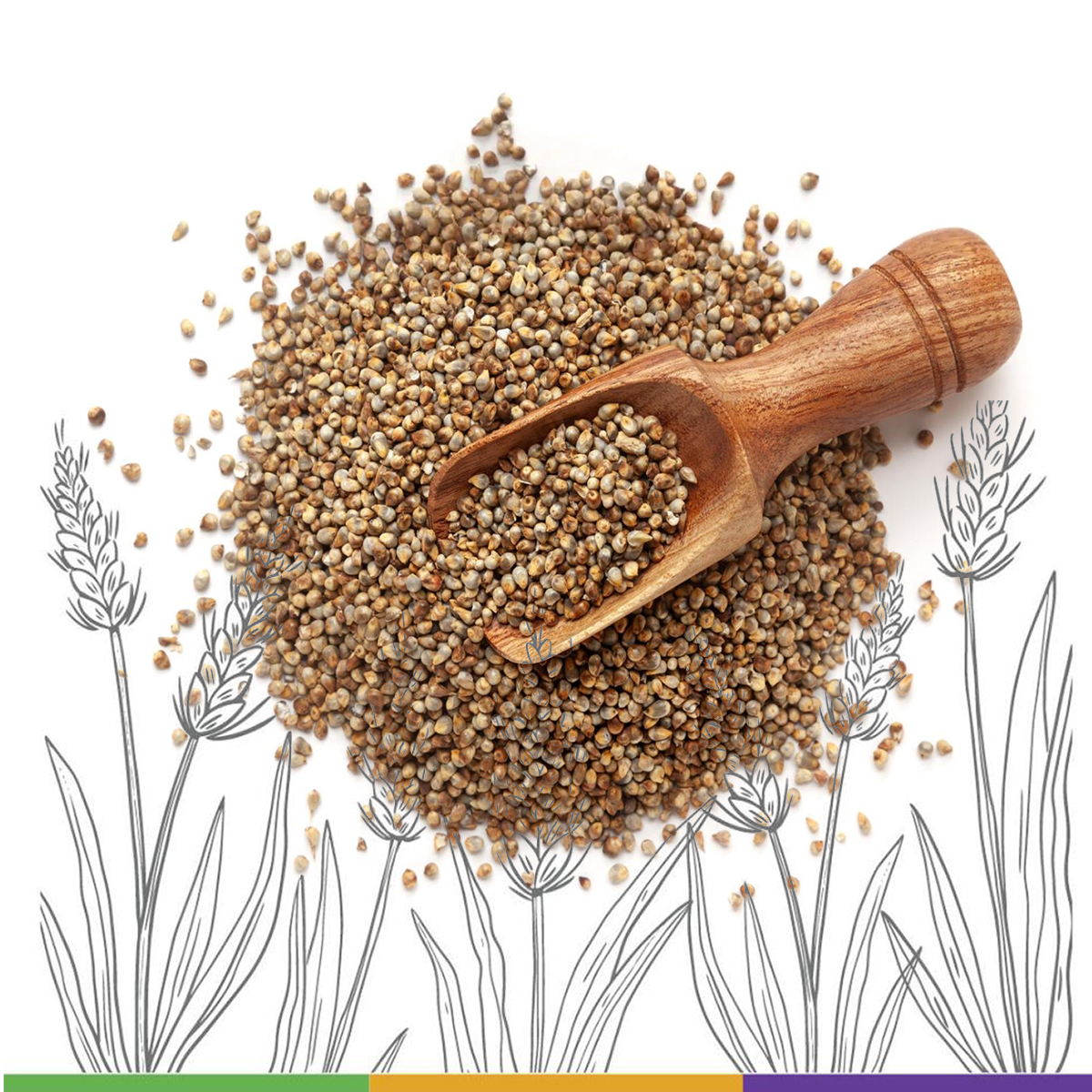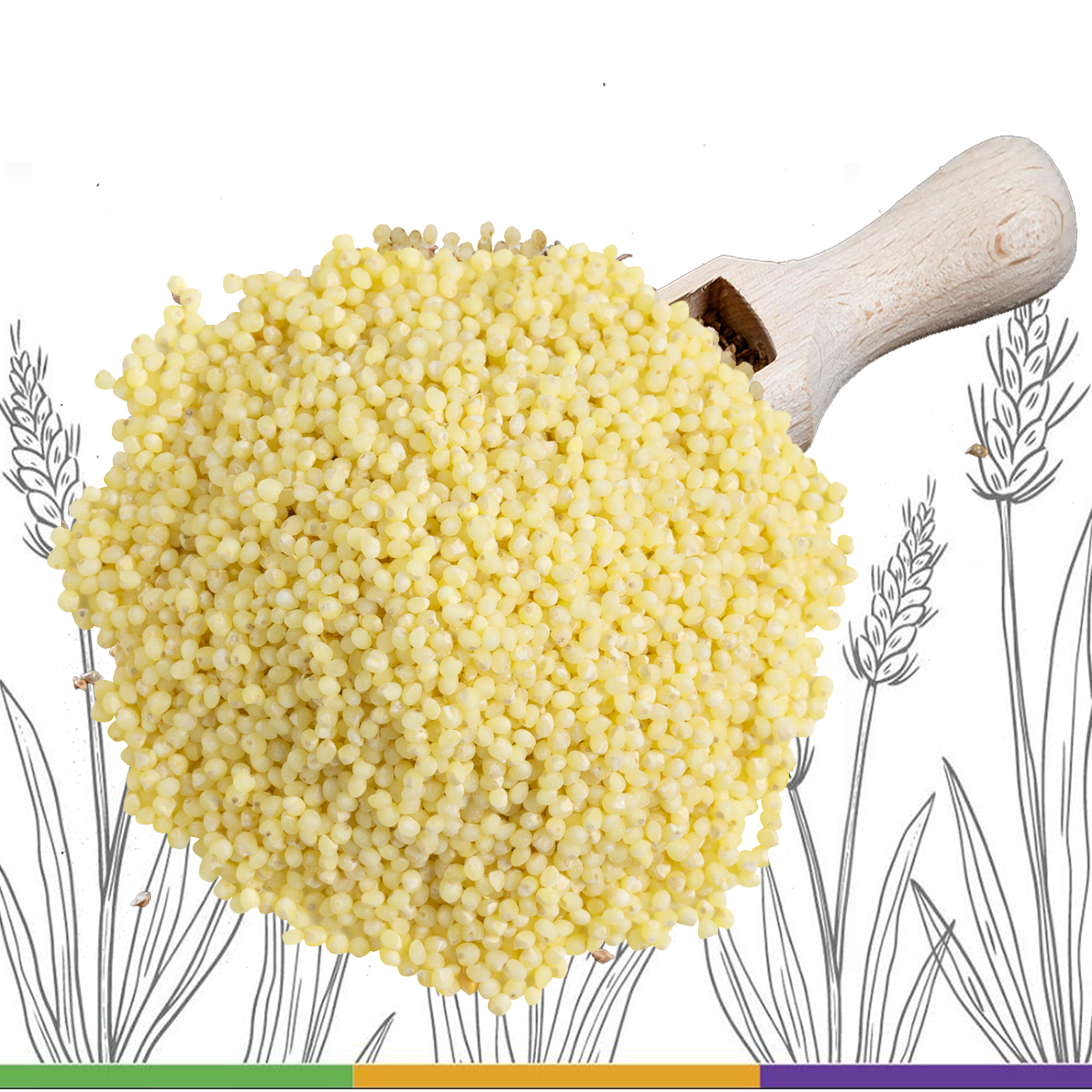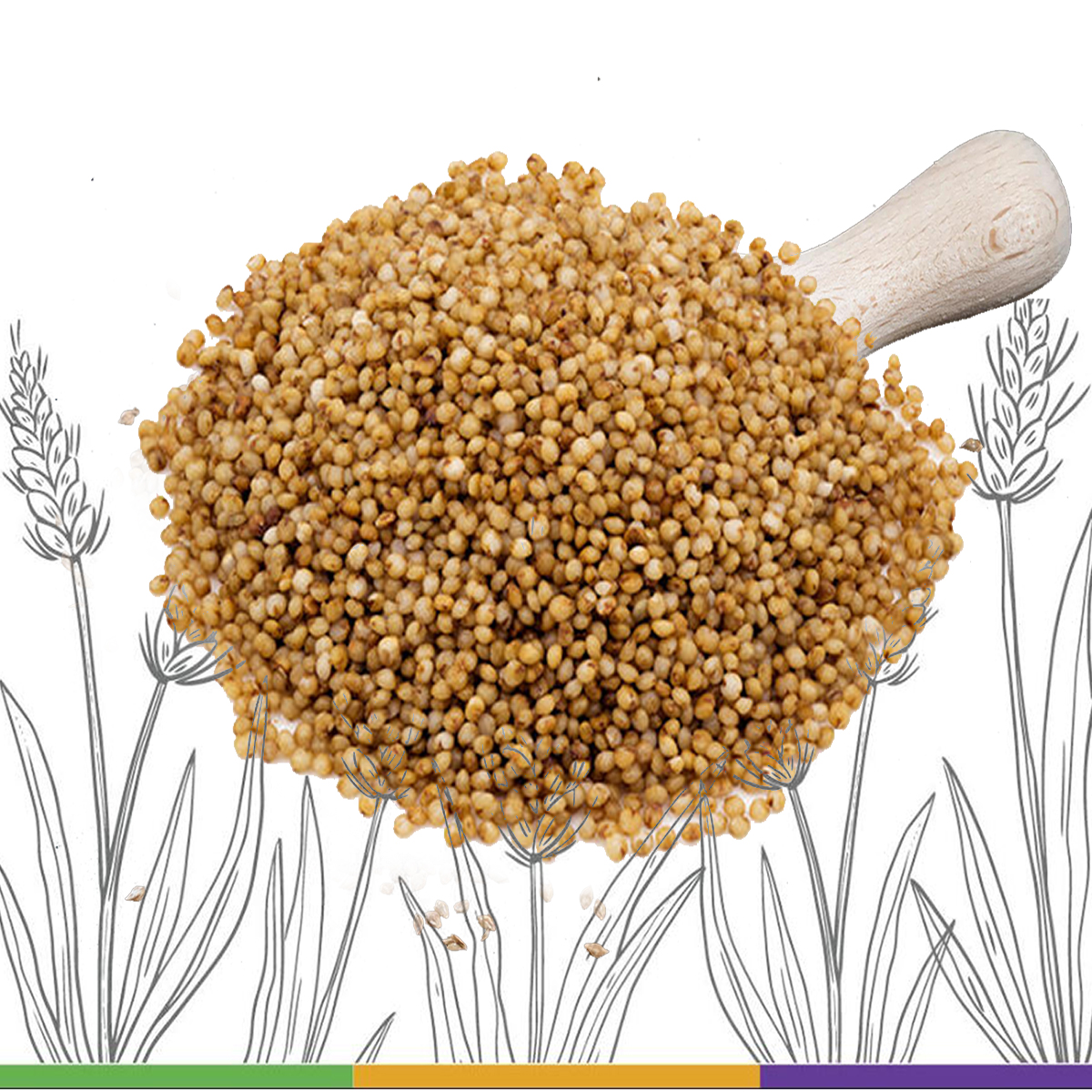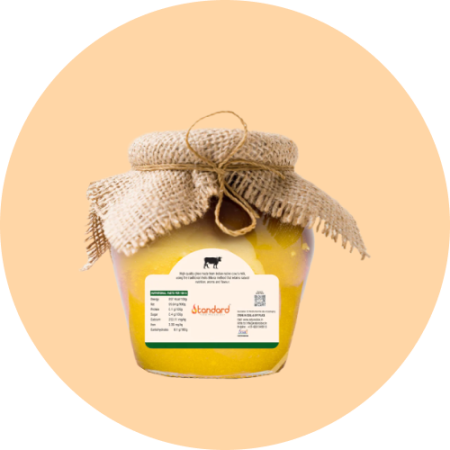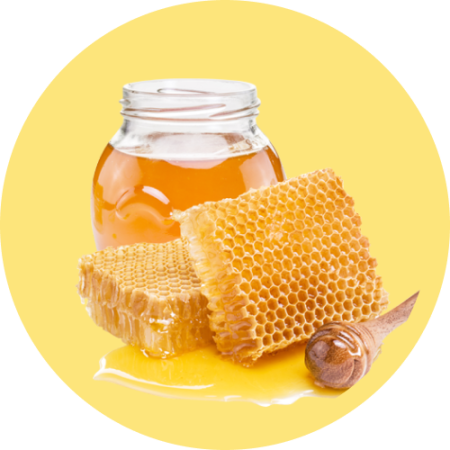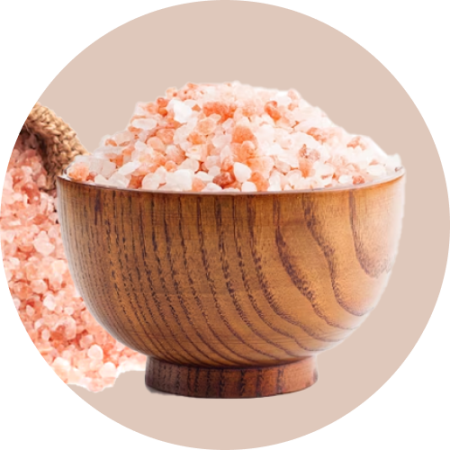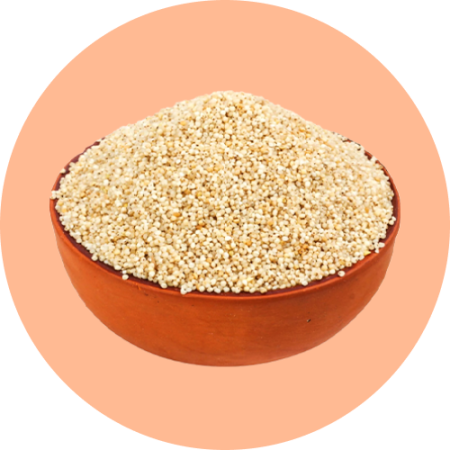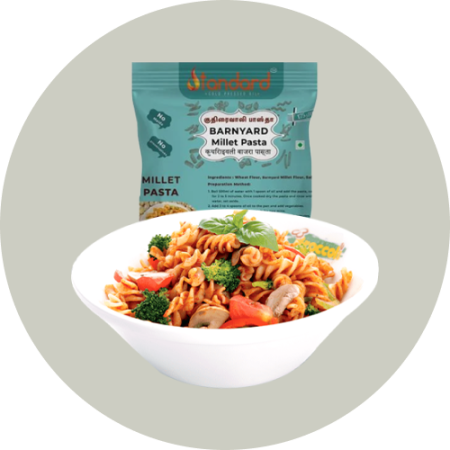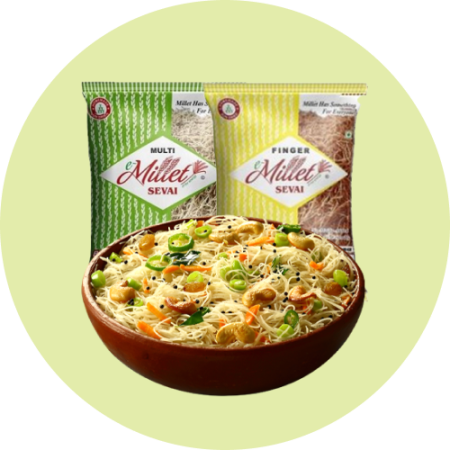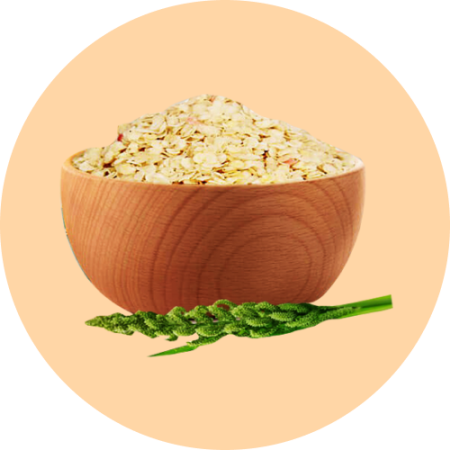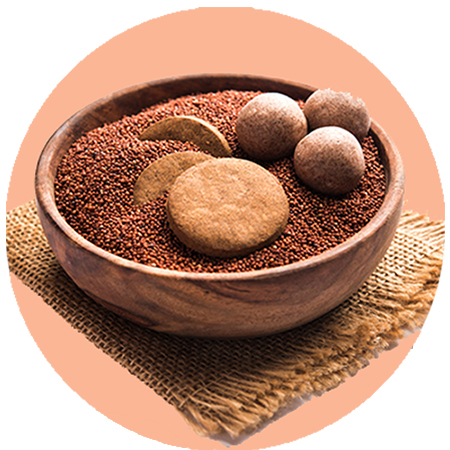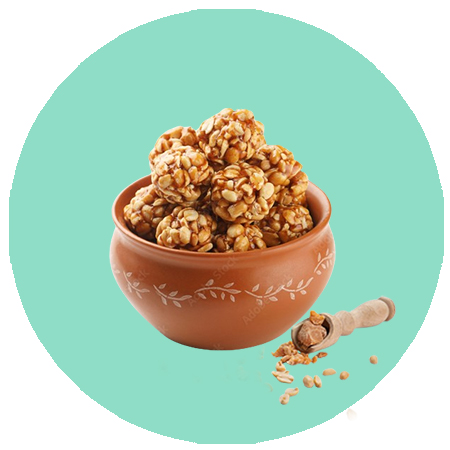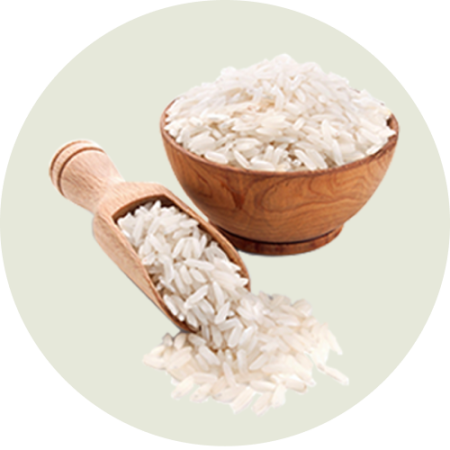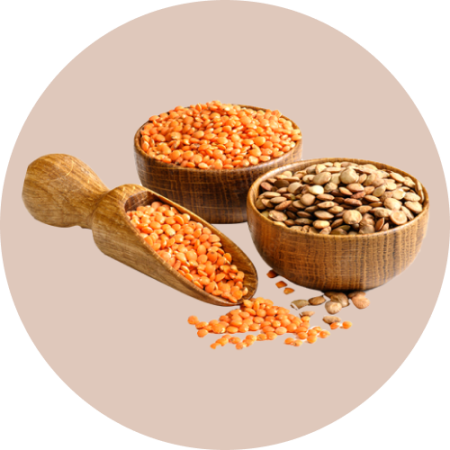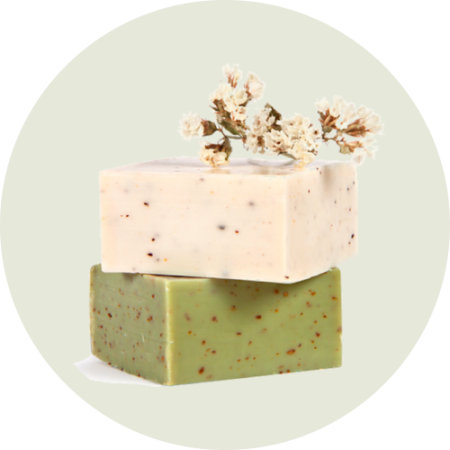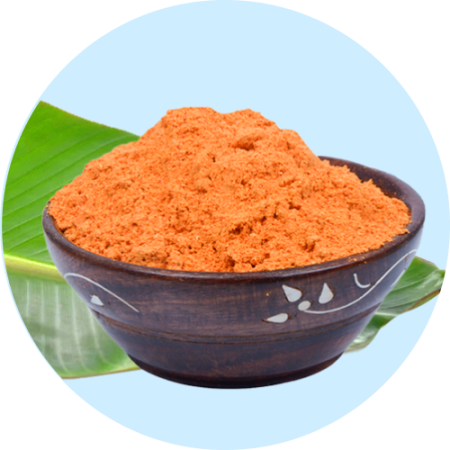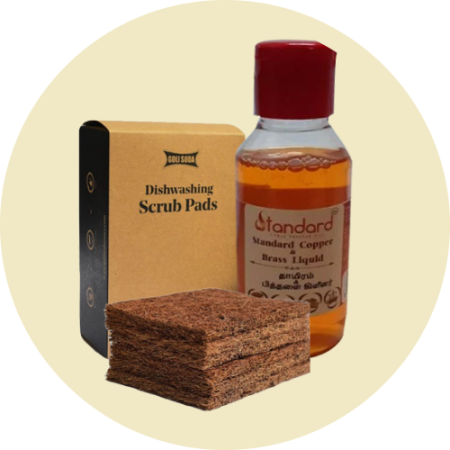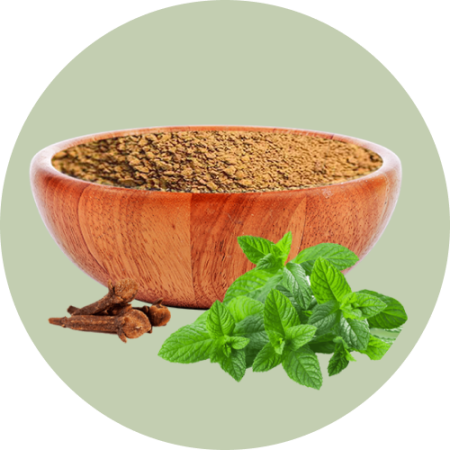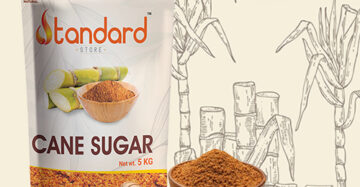Minor Millets: Unlocking the Potential of Little, Foxtail, Proso, Barnyard, and Kodo Millets – A Holistic Approach to Wellness
Minor millets refer to a group of small-seeded grains that are cultivated and consumed as a staple food in various parts of the world. These millets are often considered “minor” in comparison to major cereal crops like rice, wheat, and maize.
However, they play a significant role in the diets of many communities and have gained attention for their nutritional benefits and resilience to diverse environmental conditions.
-
Kambu / Pearl Millet / Bajra / Sajje / Sajja / Kambam (Unpolished)
₹104 – ₹960This product has multiple variants. The options may be chosen on the product page -
Foxtail Millet / Thinai / Kangni / Kakum / Navane / Korra / Thina (Unpolished)
₹76 – ₹680This product has multiple variants. The options may be chosen on the product page -
Varagu / Kodo Millet / Kodra / Harka / Arikelu / Koovaragu (Unpolished)
₹76 – ₹680This product has multiple variants. The options may be chosen on the product page
The common types of minor millets include:
1. Little Millet (Panicum sumatrense): Known for its small grains and mild, nutty flavor, little millet is rich in fiber, iron, and other essential nutrients.
2. Foxtail Millet (Setaria italica): With its distinctive elongated grains, foxtail millet is a good source of protein, dietary fiber, and minerals.
3. Proso Millet (Panicum miliaceum): Also known as common millet, proso millet has a mild, slightly sweet flavor and is rich in carbohydrates and protein.
4. Barnyard Millet (Echinochloa crus-galli): Recognized for its versatility, barnyard millet has a mild taste and is a good source of protein, fiber, and micronutrients.
5. Kodo Millet (Paspalum scrobiculatum): Kodo millet has a nutty flavor and is rich in antioxidants, fiber, and essential minerals.
These minor millets are gluten-free and are often valued for their resilience in diverse agro-climatic conditions. They contribute to food security, biodiversity, and sustainable agriculture while offering a nutritious alternative to more commonly consumed grains. In recent years, there has been a growing interest in promoting the cultivation and consumption of minor millets due to their health benefits and environmental sustainability.




